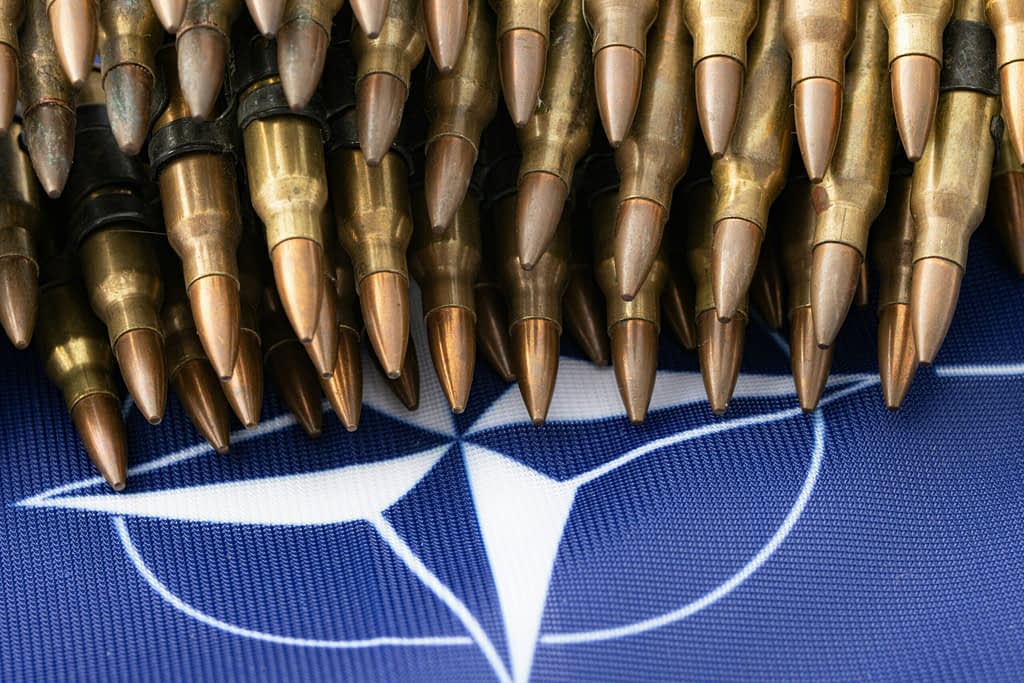NATO allies have begun assembling an agreement on a significant increase in defense spending that could alleviate US President Donald Trump’s demand for military investments amounting to 5% of economic output.
Ambitious Plan for the Alliance’s Future
Negotiators within the military alliance are making progress on creating a pathway to achieve 5% of GDP on defense and defense-related spending by 2032. This plan will be presented ahead of the NATO summit in The Hague in June. NATO foreign ministers will discuss this initiative at a meeting in the Turkish coastal city of Antalya on Wednesday and Thursday.
The Mediterranean meeting is taking place against the backdrop of diplomatic efforts by the Trump administration to end the war in Ukraine, which has lasted for more than three years. Ukrainian President Volodymyr Zelenskyy stated that he is prepared to meet face-to-face with Vladimir Putin on Thursday in Istanbul, while the warring parties address demands for a ceasefire. The Russian leader has yet to indicate that he would attend.
What Does the New Agreement Mean for Member States?
An agreement on defense spending of the magnitude Trump demands would represent the largest increase in spending by Western allies since the end of the Cold War. So far, none of NATO’s 32 members, including the US, has reached this threshold.
Key points of the proposed plan:
- Secretary General Mark Rutte is pushing allies to agree to a level of 3.5% of GDP over the next seven years
- An additional 1.5% is to be earmarked for a broader set of defense-related expenditures
- The total target forms the requested 5% of GDP for defense
What may fall under the additional 1.5% expenditure:
- Military mobility
- Dual-use goods
- Cybersecurity
Challenges and Current Funding Status
Increasing spending within the discussed timeframe will be an enormous challenge, as noted by one senior European diplomat. However, many now view this effort as necessary to send a strong message to the Kremlin.
Some NATO member states, including Italy and Spain, have only recently announced reaching the current 2% threshold. However, all members are expected to meet this old target by the June summit.
Preparations for The Hague Summit
The new core target of 3.5% is based on ambitious new defense plans being prepared by NATO. The alliance has distributed detailed, highly classified lists of weapons and other capabilities to member governments, which defense chiefs will discuss on Wednesday in Brussels.
The Hague summit on June 24-25 is expected to be shorter than previous meetings and will focus on spending and industrial development, culminating in a brief declaration. One diplomat stated that the topic will be the alliance – not Ukraine’s future within it.
Trump’s skepticism regarding Ukraine’s NATO membership has taken this option off the table for now – and an extension of NATO’s $40 billion pledge from last year to support the war-affected country has also not been discussed.
Another Rutte initiative concerning the reform of alliance efficiency and internal governance is also under negotiation. The reorganization effort could appeal to the American president, one source said.




